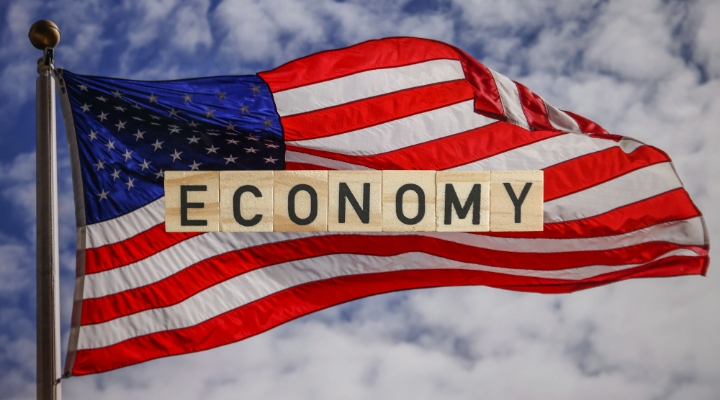
October’s Consumer Price Index Report showed more improvement on inflation – a welcome sign for investors that the Federal Reserve’s historic rate hiking campaign is finally having an impact on the economy.
The Bureau of Labor Statistics (BLS) reported that the Consumer Price Index rose 3.2% on an annual basis and 0.2% on a monthly basis in October, due in part to falling energy prices. The annual reading was lower than economists expected.
The news came a day before the Office for National Statistics revealed that UK CPI fell to 4.6% in October.
Core CPI, which excludes volatile food and energy prices, rose 4.0% on an annual basis after climbing 4.1% in September – its smallest annual change since September 2021, according to the BLS. That reading also came in below economist expectations.
This latest data on softening prices is evidence that the central bank’s rate hikes, which began in March 2022 as it embarked on a prolonged battle to bring runaway inflation back down to its 2% target, may finally be at an end.
Morningstar’s senior US economist Preston Caldwell says: “Today’s positive inflation news helps cement the case for a Fed pause on rate hikes.”
October CPI Report Key Stats
• CPI held steady after rising 0.4% in September
• Core CPI rose 0.2% after growing by 0.3% in September
• CPI climbed 3.2% year over year after rising by 3.7% the prior month
• Core CPI rose 4.0% from year-ago levels after growing 4.1% in September
Gas Prices Push Headline Inflation Down, While Core Inflation Is Stickier
Much of the reduction in headline inflation was due to falling energy prices. Caldwell points out that oil prices dropped 4% during the month on average, while other refined products like gasoline saw even bigger declines.
On the other hand, core inflation is steadier thanks to rising shelter prices, which Caldwell says are “still driving the bulk of the inflation problem”. The reduction in shelter price growth from 0.6% in September to 0.3% in October was due in large part to falling hotel prices rather than falling rent or homeowners’ equivalent rent prices.
“Still, we expect overall shelter prices to fall greatly over the next year, given that market rents [leases on new tenants] have been about flat for a year now and housing supply continues to expand at a brisk pace,” Caldwell says.
Services Inflation Still Elevated
While durable goods prices fell 2.1% on an annual basis in October, Caldwell says that prices for services (excluding energy, shelter, and healthcare) remain “the most concerning category”. This category is up 7.2% on a three-month annualised basis.
Caldwell says a temporary spike in airline prices is partially to blame for that number, but he points to ongoing high inflation in auto insurance, personal care services, and more within that category as reasons that prices remain high.
Will the Fed Cut Rates Next Year?
The Fed is widely expected to leave rates unchanged at its next meeting in December, and market watchers are now turning their eyes to 2024.
“The market is moving closer to our optimism on inflation and expectations of Fed interest rate cuts,” Caldwell says. He’s anticipating that the federal-funds rate will fall from its current target range of 5.25%-5.50% to 3.75%-4.00% by the end of 2024, and further to 2.00%-2.25% by the end of 2025.
Investors are also optimistic in the bond market. Roughly 30% of participants in the CME FedWatch tool now expect the Fed to reduce its benchmark target interest rate to 4.25%-4.50% by December 2024. That would be four rate cuts of 0.25% each.




























